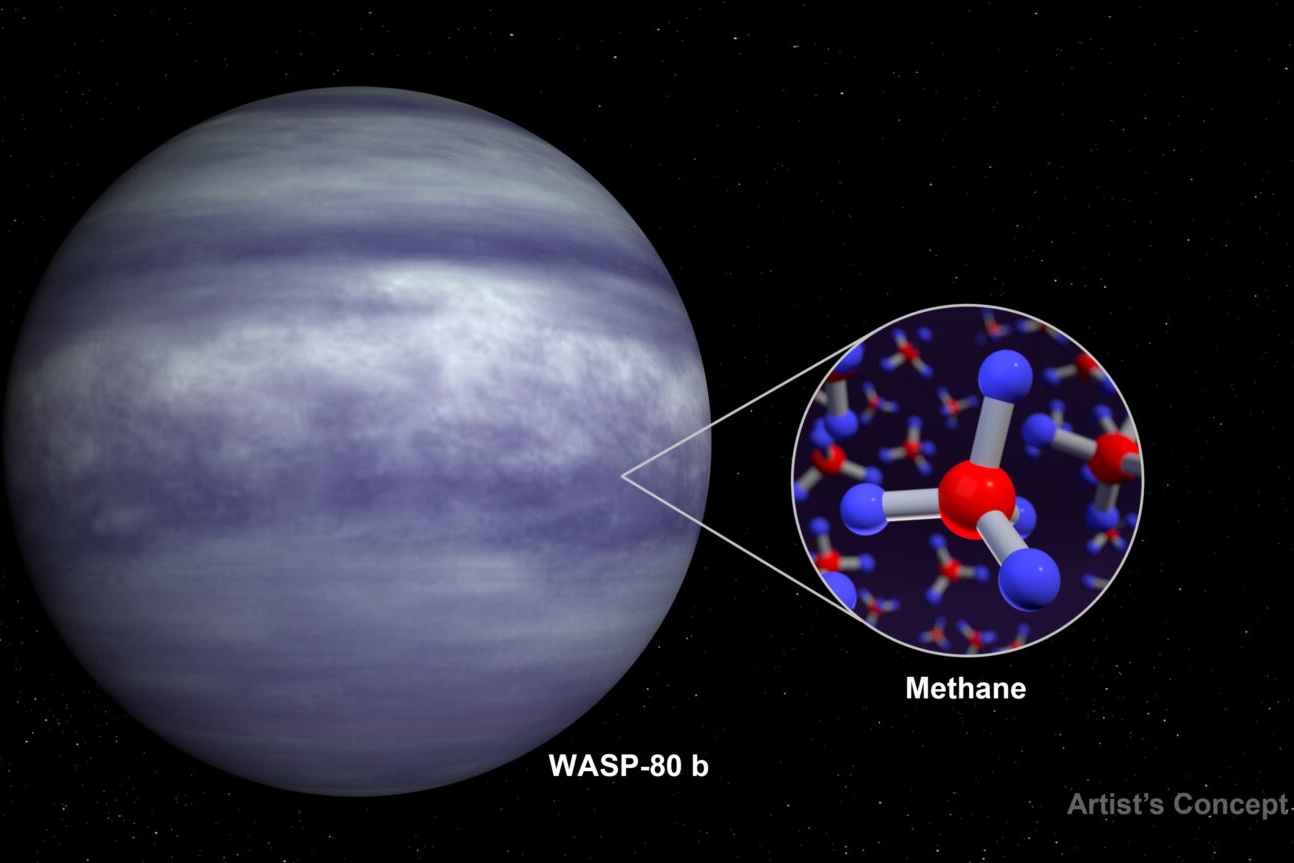BAERI’s Taylor Bell and a team of researchers have identified the presence of methane in the atmosphere…
BAERI Astronomer Identifies Mysterious Bright Dots on the Sun
S. Dueck/BAERI
BAERI astronomer Dr. Sanjiv Tiwari was curious about the never-before-seen small, explosive dots appearing on the Sun. Dr. Tiwari and his team from the Lockheed Martin Solar and Astrophysics Laboratory and BAERI began studying an emerging flux region (an X-ray/coronal bright point), a region of the Sun where hot plasma glowing loops and magnetic lines were spotted in the images collected from the Solar Orbiter mission on May 20, 2020. They identified numerous fine-scale bright dots as substructures inside the X-ray/coronal bright point. These fine scale-dots are of high interest to solar scientists, and to astrophysicists in general.
According to Tiwari, “Most of the bright solar dots form at the locations of interacting magnetic field lines in the lower solar atmosphere, at about 1Mm above the solar surface. The field lines emerging from beneath the solar surface reconnect with those already emerged. However, a small number of dots in our observations, as well as in the simulations, did not show suitable magnetic field geometry for reconnection, and those may have instead been formed by shock waves moving through the lower solar atmosphere.”
Solar Orbiter is a joint space mission between the European Space Agency and NASA to study the Sun, its outer atmosphere and what drives the constant outflow of solar wind that affects Earth.
To learn more, read Tiwari’s recent paper on Solar Orbiter observations published in The Astrophysical Journal: “SolO/EUI Observations of Ubiquitous Fine-scale Bright Dots in an Emerging Flux Region: Comparison with a Bifrost MHD Simulation,” Sanjiv K. Tiwari et al 2022 ApJ929 103. doi:10.3847/1538-4357/ac5d46
Solar Orbiter Extreme Ultraviolet Imager (left) and post-processing image (right) of the dots, which are indicated by the yellow boxes. Adapted from Tiwari et al. / Astrophysical Journal 2022


